Introduction:
In the realm of healthcare innovation, few technologies have captured the imagination quite like 3D printing. With its ability to transform digital designs into physical objects with unprecedented speed and precision, 3D printing has emerged as a game-changer in numerous industries, including prosthetics. This article embarks on a journey through the world of 3D printing in prosthetics, exploring its transformative impact on design, customization, and accessibility.
A New Era of Customization:
One of the most significant advantages of 3D printing in prosthetics lies in its capacity for customization. Traditional prosthetic manufacturing techniques often involve labor-intensive processes and standardized components, resulting in devices that may not fully meet the unique anatomical and functional needs of individual users. 3D printing revolutionizes this paradigm by enabling the creation of personalized prosthetic devices tailored to the specific requirements of each user. By scanning the residual limb and generating a digital model, prosthetists can design custom-fitted sockets and components that optimize comfort, stability, and performance for the wearer. This level of customization not only enhances the overall fit and functionality of the prosthetic device but also promotes greater user satisfaction and confidence.
Rapid Prototyping: From Concept to Creation in Record Time:
In addition to customization, 3D printing offers unparalleled speed and efficiency in the prototyping and production of prosthetic devices. Traditional manufacturing methods often entail lengthy lead times and high production costs, making it challenging for prosthetic users to access timely and affordable care. 3D printing circumvents these obstacles by streamlining the design and manufacturing process, allowing prosthetists to iterate rapidly and produce functional prototypes with minimal time and resources. This accelerated workflow not only expedites the development of new prosthetic designs but also facilitates on-demand manufacturing, enabling prosthetic users to receive tailored devices in a matter of days rather than weeks or months.
Complex Geometries and Innovative Designs:
Another compelling aspect of 3D printing in prosthetics is its ability to fabricate complex geometries and intricate designs that would be impractical or impossible to achieve using traditional manufacturing methods. By leveraging additive manufacturing techniques, prosthetists can create lightweight, yet structurally robust components with intricate internal structures and organic shapes. This freedom of design opens up new possibilities for the integration of functional features, such as internal channels for routing cables and sensors, as well as aesthetic enhancements, such as textured surfaces and lifelike contours. Moreover, 3D printing facilitates the integration of multiple materials within a single prosthetic device, enabling the incorporation of soft elastomers for cushioning and rigid polymers for structural support in hybrid designs.
Enhancing Accessibility and Affordability:
Beyond its technical capabilities, 3D printing holds the promise of enhancing accessibility and affordability in prosthetic care, particularly in underserved and resource-constrained communities. The decentralized nature of 3D printing enables the establishment of local fabrication facilities and community-based initiatives that empower prosthetists to provide custom devices to individuals who may have limited access to traditional prosthetic services. Moreover, the open-source ethos of 3D printing fosters collaboration and knowledge-sharing within the prosthetic community, leading to the development of low-cost, scalable solutions that address the needs of diverse populations. By democratizing access to prosthetic technology, 3D printing has the potential to transform the lives of millions of people around the world who are in need of prosthetic care.
Challenges and Future Directions:
While the promise of 3D printing in prosthetics is undeniable, significant challenges remain to be addressed in order to realize its full potential. These challenges include ensuring the quality and reliability of 3D-printed prosthetic devices, optimizing material properties and fabrication techniques for long-term durability and biocompatibility, and navigating regulatory frameworks and reimbursement models to support the widespread adoption of 3D printing in clinical practice. Moreover, ongoing research is needed to further advance the capabilities of 3D printing technology, particularly in areas such as multi-material printing, biofabrication, and integration with other emerging technologies, such as artificial intelligence and machine learning. Despite these challenges, the future of 3D printing in prosthetics is bright, with continued innovation and collaboration poised to unlock new possibilities for personalized, accessible, and affordable prosthetic care.
Conclusion:
In the ever-evolving landscape of healthcare technology, 3D printing stands as a beacon of innovation and progress, reshaping the way prosthetic devices are designed, manufactured, and delivered. From customization and rapid prototyping to complex geometries and enhanced accessibility, 3D printing holds the potential to revolutionize prosthetic care, empowering individuals with tailored devices that not only restore function and mobility but also inspire confidence and dignity. As we embark on this transformative journey, let us embrace the promise of 3D printing in prosthetics and strive to harness its power for the benefit of all who stand to gain from its remarkable capabilities.





